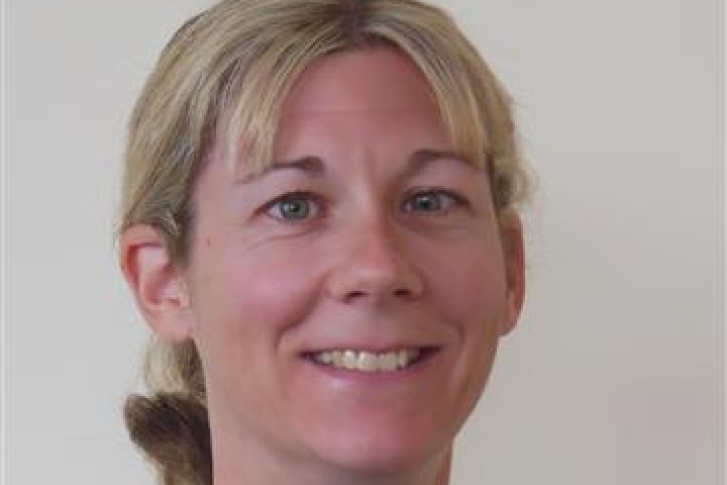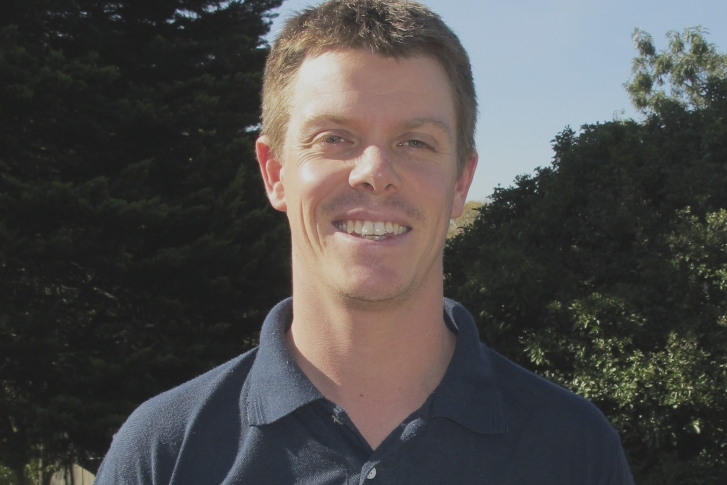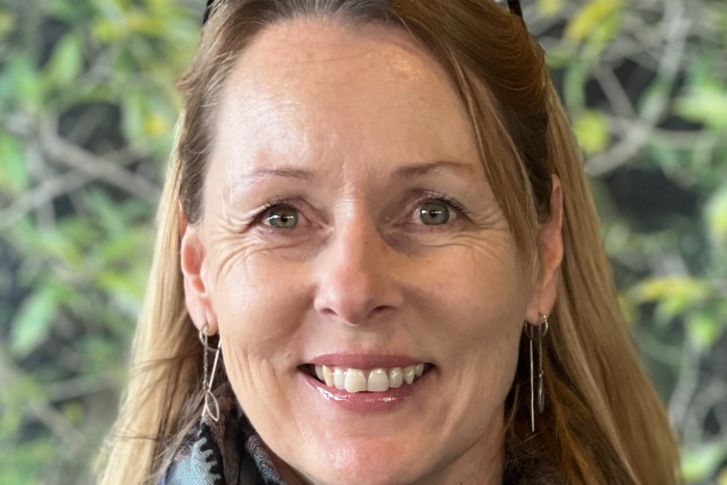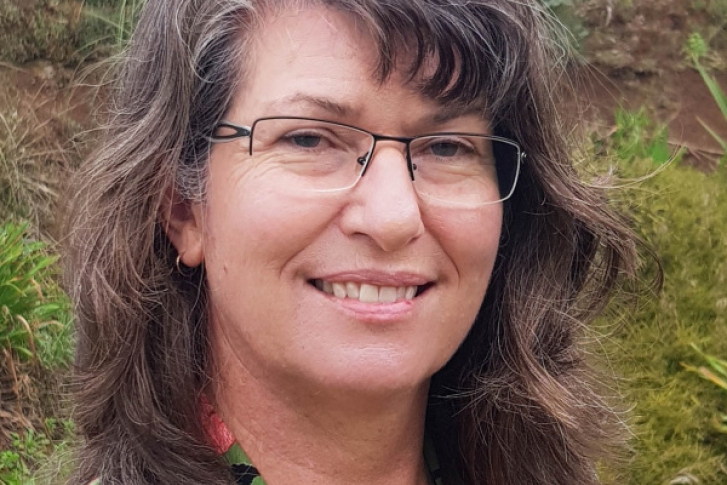Invasive aquatic pests are radical transformers of aquatic ecosystems. Their impacts include degraded water quality, reduced native biodiversity and local extinctions, damaged or obstructed hydropower and irrigation infrastructure, and reduced waterfront property values.
The impacts of invasive aquatic pests are self-escalating as their populations increase and ranges expand. The threats posed by invasive aquatic pests are a perennial concern for both the New Zealand public and the agencies responsible for managing these pests.
The goal of the Freshwater Biosecurity programme is to support the New Zealand Biosecurity Strategy by reducing the risk of new freshwater invasive species incursions and establishment, minimising the adverse impacts of established populations of these species, and developing methods for reducing or eradicating those populations.
Programme Leader: Dr Deborah Hofstra.
Objectives and research projects
Biosecurity risks - advance risk assessment, prediction and modelling.
- Identify potential and emerging threats to New Zealand's freshwater ecosystems from invasive non-indigenous species, using NIWA’s fish risk assessment model, weed risk assessment and the freshwater pest species guide.
- Investigate the mechanisms by which invasive species are transported, become established and adversely impact core environmental, economic, social and cultural values.
- Model alternative potential outcomes to visibly demonstrate the impacts and associated costs that may be averted by proactive biosecurity actions (Eradication economics for invasive alien aquatic plants).
Tools to respond – enable predictable management of pests and mitigation of the impacts of invasive species.
Core to a successful biosecurity response is knowing where, when and how to respond.
- Develop surveillance capability and remote sensing tools for detection of high-risk aquatic species.
- Develop best practice tools for preventing the establishment [Check Clean Dry actions] of, or eradicating newly arrived species, and mitigating impacts of established pests [Weed Management and Control of invasive pest fish].
- Report on the current state of lakes and invasive species using NIWA’s LakeSPI tool.
Thresholds and interventions – understand ecosystem thresholds and values and set management goals.
- Investigate links between biosecurity interventions and freshwater restoration outcomes.
- Understand ecosystem thresholds and values to support the setting of management goals.
- Develop tools to support in-lake restoration through NIWA’s Native freshwater and saltwater plant cultivation booklets and its ongoing research into aquatic plants, including the "rototurf" project which shows how native aquatic plants can be life rafts for degraded lakes. The project is a Smart Idea funded by the Ministry of Business, Innovation and Employment (MBIE).
Biosecurity exchange – a collaborative approach with stakeholders.
- Understand stakeholder needs to inform research directions.
- Optimise biosecurity outcomes for NZ through information sharing e.g., factsheets [Diquat use for submerged weeds, Bottom lining for the control of submerged lake weeds, Freshwater ID guides], and input into policy and biosecurity operations.
Key science collaborators
- Department of Conservation.
- Prof Hulme, Lincoln University.
- Landcare Research.
- Dr Richardson, North Carolina State University, USA.
- Dr Tobias Bickel, Department of Agriculture and Fisheries, Queensland.
- Mr Gray Turnage, Geosystems Research Institute, Mississippi State University, USA.
- Dr Dugdale, Agriculture Victoria, Australia.
- Dr Getsinger, US Army Corps of Engineers, Research and Development Center, Mississippi, USA.
- Dr Madsen, USDA ARS, Davis California, USA.
- Dr Gross, Université de Lorraine, France.
- Dr Hussner, Institute für Biochemie der Pflanzen, Heinrich-Heine University Dusseldorf, Germany.
- Dr Hilt, Leibniz-Institute of Freshwater Ecology and Inland Fisheries, Berlin, Germany.






